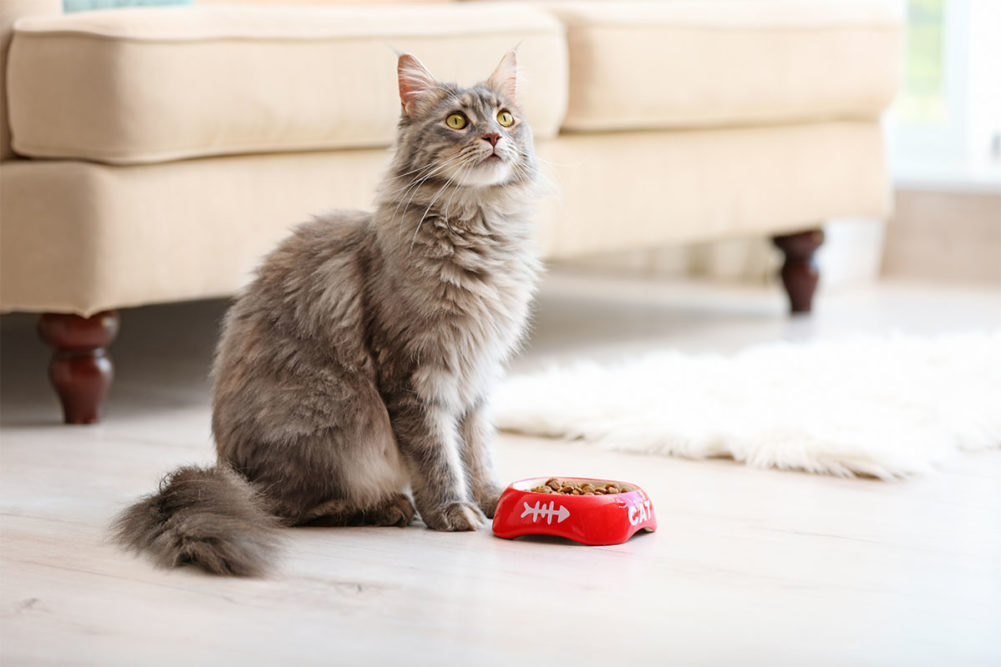ROME — The Italian National Association for Pet Food and Pet Care Companies (ASSALCO) and Zoomark recently released the 16th edition of their collaborative report on the Italian pet industry. The report revealed a rising pet population and various consumer trends fueling the country’s pet food market.
Pet population
According to the report, pet ownership in Italy continues to steadily increase. In 2022, there were 64.95 million pets in Italian households, meaning 42% of Italian families owned at least one pet. Twenty-eight percent owned at least one dog, 22% owned at least one cat, 13% owned at least one fish, 8% owned at least one bird, 8% owned at least one reptile, and 8% owned at least one other small mammal.
An estimated 37.7% of Italians ages 18 and older claimed to have a pet in the family, up from 33.6% in 2019. According to the report, from 2015 to 2022, the number of Italians who adopted more than one pet nearly doubled from 9.9% to 17.2%.
In 2022, there were 10.2 million domestic cats, 8.8 million dogs, 12.9 million ornamental birds, 1.8 million small mammals, 1.4 reptiles and 29.9 million fish in Italy.
With a large and continuously increasing pet population, there have also been rises in consumer demand for pet products — namely pet food.
“Today more than 40% of Italian households have at least one pet,” said Giorgio Massoni, president of the ASSALCO. “The importance of our relationship with our pets is undeniable: they keep us active, help alleviate stress and are a valuable antidote to loneliness. Pets are bona fide members of the family, and we are now devoting more time to them, and paying more attention to their diet and wellbeing. This increased attention is reflected in a market that, even in a difficult year like 2022, continued to perform well.”
Pet food
According to ASSALCO and Zoomark, sales of pet food products are on the rise. In 2022, sales of dog and cat foods increased 11.4% in Italy to €2.76 billion ($2.96 billion USD) with more than 673,000 tons sold, an increase of 0.8% compared to 2021.
Cat food accounted for a majority (53.8%) of these sales, with sales topping €1.48 billion ($1.60 billion USD), while dog food accounted for 46.2% of the market, achieving €1.28 billion ($1.38 billion USD) in sales. Wet pet food continues to lead this market, boasting the highest share at €1.33 billion ($1.44 billion USD), or about 48.4% of the total dog and cat food segment. Dry foods follow close behind, reaching €1.13 billion ($1.22 billion USD), holding 41.1% of share, of which 23.5% from dry dog foods and 17.6% from dry cat foods.
Regarding species, the dog and cat food market in Italy consists of 33.3% wet cat food products, 23.5% dry dog foods, 17.6% dry cat foods, 15.0% wet dog foods, 7.7% dog snacks and 2.9% cat snacks.
Pet snacks, particularly functional ones that offer health benefits, witnessed a 13.3% increase in value and a 3.2% increase in volume for 2022.
Outside of dog and cat food, the market for other foods for fish, birds, small mammals and reptiles also experienced growth, increasing 2.3% in volume and 5.6% in sales value. Bird food holds the majority of this pet food segment, accounting for 47.6% of volume and 43.2% of value, with sales increasing 6.3% from 2021.
ASSALCO and Zoomark attributed these increases in pet food sales to evolving consumer demands for products with particular attributes. In analyzing more than 4,700 pet food products, the associations found that Italians are extending their personal health beliefs to their pets, purchasing pet nutrition products similar to the ones they purchase for themselves.
Consumer demand is increasing for pet foods boasting “rich in” attributes, like “rich in fiber.” Other popular “rich in” claims include vitamins, Omega fatty acids, protein, minerals, prebiotics, natural ingredients, and fresh meat/fish.
Consumers are also seeking products with “free from” claims, like “free from dyes.” This subset of claims also extends to products boasting less or fewer calories, sugars, fats, etc. Within these claims, consumers purchased more products with “low calories,” “grain free/low grains,” and “sugar free” claims in 2022 compared to 2021.
Alongside these specific product attributes, Italian pet parents are also focused on purchasing Italian-made pet food products, boasting claims like “Made in Italy,” “produced in Italy,” “only Italian ingredients,” and “100% Italian.”
Continued inflation
Just as in other areas of the world, Italians are also facing the pressures of inflation, battling rising prices across a variety of CPG sectors, including pet foods. According to ASSALCO and Zoomark, 85% of surveyed Italians claimed they have witnessed increasing prices, with 23% of cat owners and 26% of dog owners claiming they will likely spend more on their pets in the coming months due to inflation.
Despite rising prices, Italian pet owners are reluctant to change their pet product purchasing habits. Only 6% of cat parents and 8% of dog parents were willing to cut down on their pet spending. Rather than cut down on their pets, most reported cutting down their spending on meals away from home, holidays, clothing and beauty products.
As well as constant inflation, Italian pet owners are also facing a high rate for value-added tax (VAT) on pet foods and veterinary care. Italy’s current VAT rate is 22%, much higher than within other European countries. ASSALCO and Zoomark are petitioning to reduce the country’s VAT rate to 10%.
“It doesn't seem right that the 22% rate should be applied to pet food, as if it was a luxury good,” Massoni said. “In Germany, in view of the fact that these products are used every day, and considering the role of pets in society, the VAT rate on food for dogs and cats is in fact set at 7%.”
Read more global pet food and treat news from outside North America.




